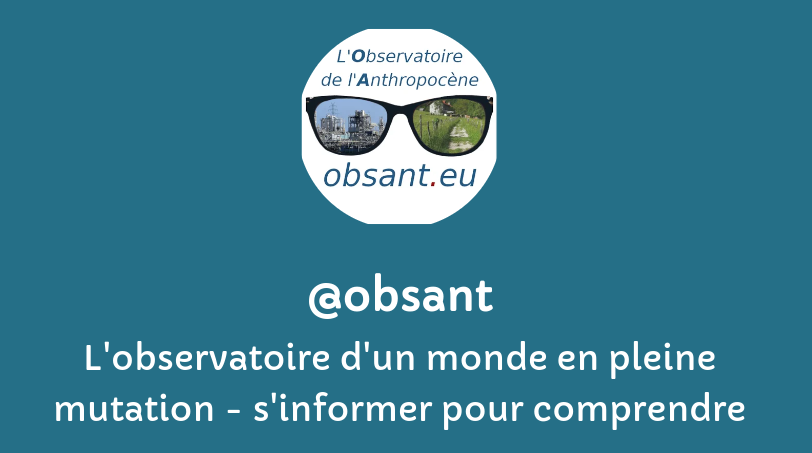Les champs auteur(e)s & mots-clés sont cliquables. Pour revenir à la page, utilisez le bouton refresh ci-dessous.
filtre:
canicule
Heat caused 2,300 deaths across 12 cities, of which 1,500 were down to climate crisis, scientists say
Heatwaves can lead to considerable impacts on societal and natural systems. Accurate simulation of their response to warming is important for adaptation to potential climate futures. Here, we quantify changes of extreme temperatures worldwide over recent decades. We find an emergence of hotspots where the hottest temperatures are warming significantly faster than more moderate temperatures. In these regions, trends are largely underestimated in climate model simulations. Globally aggregated, we find that models struggle with both ends of the trend distribution, with positive trends being underestimated most, while moderate trends are well reproduced. Our findings highlight the need to better understand and model extreme heat and to rapidly mitigate greenhouse gas emissions to avoid further harm.
EN
Extreme heat in North America, Europe and China in July 2023 made much more likely by climate change
(25/07) - World Weather AttributionFollowing a record hot June, large areas of the US and Mexico, Southern Europe and China experienced extreme heat in July 2023, breaking many local high temperature records.
The heat made the city’s roads buckle. Train rails warped, causing long commuter and freight delays. City workers watered bridges to prevent them from locking when the plates expanded. Children riding in school buses became so dehydrated and nauseous that they had to be hosed down by the Fire Department. Hundreds of young people were hospitalized with heat-related illnesses. But the elderly, and especially the elderly who lived alone, were most vulnerable to the heat wave....
Through this analysis of the heat wave Eric Klinenberg offers a loose model for sociologizing, and thereby denaturalizing, disasters that are generally constructed according to categories of common sense and classiffed in a vocabulary that effaces their social logic
The city council in Chicago refused to hold public hearings. Seven hundred and thirty-nine people died in a week. The city had totally bungled the policy response. Everyone's implicated. Next, the mayor organized his own commission. And what did they bury when they published the report? It did not have the words "heat wave" on the cover ... And there's a picture of a snowflake on the image of this report. You know, it was a report that was designed to hide everything inside of it....
In the summer of 1995, Chicago experienced the deadliest heat wave in American history. Streets buckled, power grids failed, and when the heat finally broke, more than 700 people were dead. The questions of why so many people perished, and why their deaths were so easy to deny, ignore, or forget, preoccupied Eric Klinenberg. He uncovered unsettling forms of social breakdown – the isolation of seniors, the abandonment of poor neighborhoods, and the retrenchment of public assistance programs – which led him to write "Heat Wave: A Social Autopsy of Disaster in Chicago." Drawing on his experience as research director for the federal Rebuild By Design competition after Superstorm Sandy, he also discovered that global warming makes these issues all the more dangerous and argues that cities must adapt, or face worse incidents in the future.
What else is new? Hotspots are getting hotter. The major hotspot in April stretched from Iraq to India and Pakistan, and toward the northeast through Russia (Fig. 1). Temperature exceeded 45°C (113°F) in late April in at least nine Indian cities,[1] on its way to 50°C (122°F) in Pakistan in May,[2] where a laborer says “It’s like fire burning all around” and a meteorologist describing growing heatwaves since 2015 says “The intensity is increasing, and the duration is increasing, and the frequency is increasing.” Halfway around the world, Canada and north-central United States were cooler than their long-term average, but people in British Columbia and northwest United States remember being under their own record-breaking hotspot last summer.
A brutal heatwave that has enveloped parts of southern Asia since the end of April looks set to intensify, says the latest forecast from the Met Office. Nick Silkstone is a meteorologist with the Met Office’s Global Guidance Unit. He said: “Temperatures are expected to peak on Saturday, when maximum values could reach around 49-50°C in the hottest locations, such as Jacobabad, and the Sibi area of Pakistan.
July global temperature (+1.16°C relative to 1880-1920 mean) was within a hair (0.02°C) of being the warmest July in the era of instrumental measurements (Fig. 1, left). That’s remarkable because we are still under the influence of a fairly strong La Nina (Fig. 1, right). Global cooling associated with La Ninas peaks five months after the La Nina peak,[1] on average.
![]()



